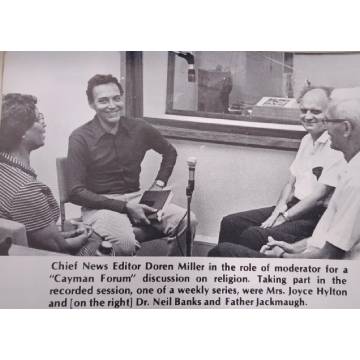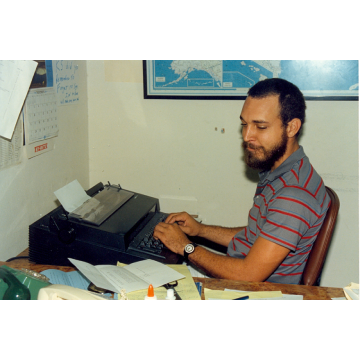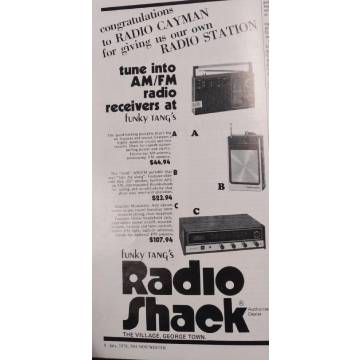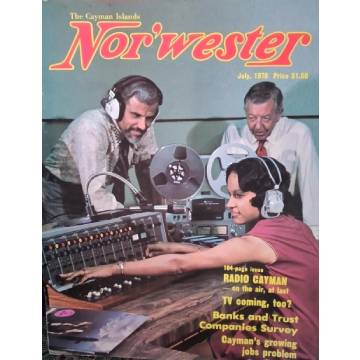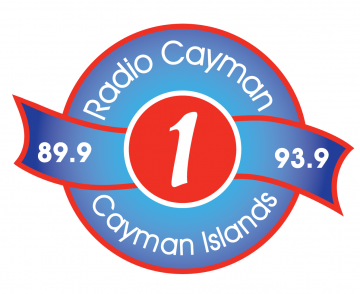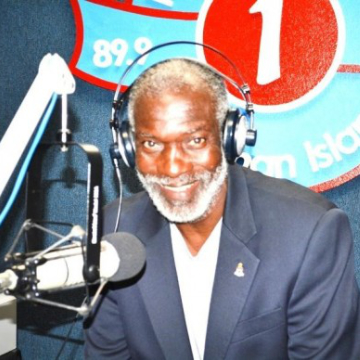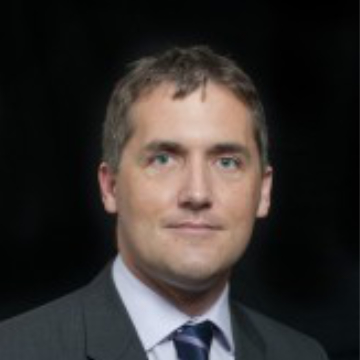News
Interventional radiology offers patients minimally invasive solution to tumours
The Health Services Authority (HSA) is pleased to announce the availability of Radiofrequency ablation (RFA) at the Cayman Islands Hospital. RFA is a unique and modern technique that offers an alternative form of treatment for tumours that is less risky, less painful, and requires a shorter recovery time. While many tumours are traditionally removed via surgery, this new minimally invasive technique was successfully performed at the HSA on a patient with a renal tumour. This is the second time the procedure was performed on island, both with successful outcomes.
The patient, Robert Slatter, did not expect to be informed that he had a tumour growing on his kidney during his visit to the general practitioner. He showed no symptoms related to the abnormal growth and came to the HSA for an unrelated issue. The tumour was discovered after he was directed to the Accident and Emergency Department for further testing.
Mr. Slatter’s medical care team at the HSA discussed the treatment options with him and decided on using the minimally invasive RFA procedure as the optimal technique given his unique circumstances, as well as the size and location of the renal tumour.
RFA is a thermal ablation technique that uses electrodes to generate heat and destroy abnormal tissues. It is used in the treatment of several cancers, including bone, liver, and renal tumours as well as cardiac arrhythmias. The procedure is done by an interventional radiologist who uses imaging techniques such as computerized tomography (CT) scan, ultrasound, magnetic resonance imaging (MRI) or fluoroscopy, to insert the RFA electrode through the skin into the tumour via a needle.
“RFA significantly reduces the recovery time in comparison to the traditional invasive option and presents a success rate of 93% in small renal tumours,” explained HSA Interventional Radiologist Dr Alessandro Lemos.
“The treatment choice made sense to me because I was not afraid of modern technology and I had undergone similar procedures before,” said Mr Slatter. “Also, the great benefit of this technique is that it didn’t require me to be completely sedated, as I prefer to stay awake.”
A multi-disciplinary team headed by Dr Lemos and consisting of HSA Urologist Dr Rafal Krupiniewicz, General Practitioner Dr Beatriz Esteban and Clinical Specialist Mr Raul Flores from Boston Scientific worked collaboratively to ensure a successful outcome. After four hours of recovery, the patient was discharged and went home without complications.
“I wasn’t nervous nor had any concerns. In fact, the number of people around me made me feel like a VIP. My choice for mild sedation was respected and overall, it was a very successful procedure,” said Mr Slatter.
Dr Alessandro Lemos is a diagnostic and interventional radiologist at the HSA. He has been a fellow at the University of California in Los Angeles (USA) in 1996 and at Karolinska Institute in Stockholm (Sweden) in 2010. He completed his doctorate in Medicine and Radiology board certification at the University of Rome “La Sapienza”. Dr Lemos published more than 65 peer-reviewed scientific papers. His clinical interests are interventional radiology, CT whole body for trauma, oncology medical imaging, ultrasound, computed tomography, nuclear medicine and digital imaging.


